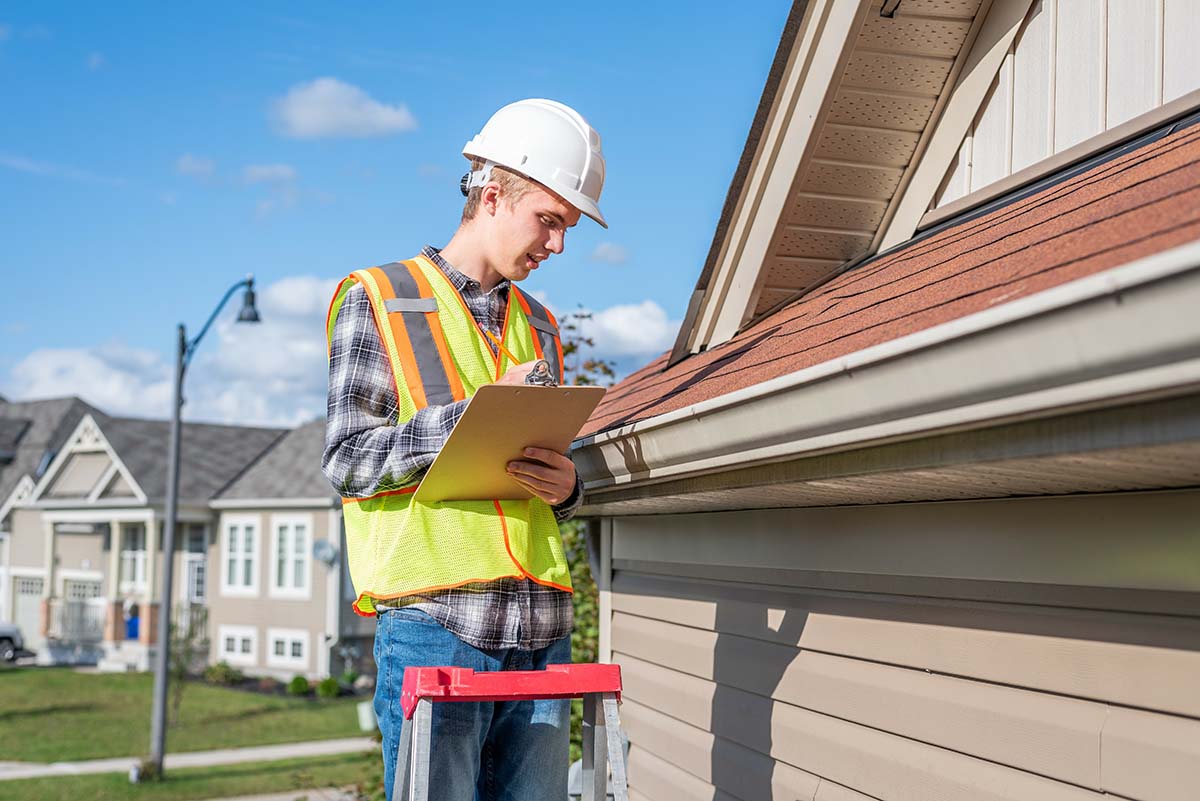
Preparing your home for inspection is a crucial step in selling or buying a property. A successful inspection not only ensures a smooth transaction but also helps in identifying any potential issues that may need attention. Whether you’re the seller or the buyer, taking proactive steps to prepare your home can make a significant difference in the inspection outcome. In this comprehensive guide, we’ll discuss the essential steps you can take to ensure your home is ready for inspection.
Step 1: Clean And DE Clutter
The first step in preparing your home for inspection is to clean and DE clutter every area, both inside and outside. A clean and well-maintained home not only creates a positive impression but also makes it easier for the inspector to assess the property. Start by DE cluttering each room, removing unnecessary items, and organizing belongings neatly. Pay special attention to high-traffic areas such as the living room, kitchen, and bathrooms. Clean surfaces, floors, windows, and fixtures to present your home in the best possible light.
Step 2: Address Minor Repairs
Before the inspection, addressing any minor repairs or maintenance tasks around the house is essential. Walk through your home and make a list of any issues that need attention, such as leaky faucets, loose doorknobs, or chipped paint. While these may seem like small problems, they can still raise concerns during the inspection process. Taking the time to fix them beforehand shows that you’ve taken good care of your home and can help prevent potential issues from escalating.
Step 3: Ensure Accessibility
Ensure all areas of your home are easily accessible to the inspector. Clear any obstacles or barriers that impede their ability to inspect certain areas, such as attics, crawl spaces, or utility rooms. If there are locked doors or gates, provide keys or access codes to ensure a thorough inspection of the property. Additionally, if you have pets, make arrangements to keep them safely contained during the inspection to avoid disruptions.
Step 4: Test Home Systems
Test all major home systems and appliances to ensure they are in proper working condition. This includes heating and cooling systems, electrical outlets, plumbing fixtures, and kitchen appliances. Replace any burnt-out light bulbs, clean or replace air filters, and check for any signs of leaks or malfunctions. Ensuring that everything is functioning correctly not only helps in the inspection process but also gives potential buyers confidence in the home’s integrity.
Step 5: Provide Documentation
Gather any documentation related to the maintenance and repair of your home, including receipts, warranties, and permits. This information can be valuable during the inspection process, as it demonstrates the care and attention you’ve given to your property over the years. Be prepared to provide documentation for major renovations or upgrades, as well as for routine maintenance tasks such as HVAC servicing or roof repairs. Having this information readily available can help expedite the inspection and address any questions or concerns that may arise.
Step 6: Exterior Maintenance
Don’t overlook the exterior of your home when preparing for inspection. Curb appeal plays a significant role in creating a positive first impression for potential buyers. Trim overgrown bushes and trees, mow the lawn, and clear debris from walkways and outdoor spaces. Inspect the exterior of your home for any signs of damage or wear, such as cracked siding, loose shingles, or damaged gutters. Addressing these issues not only enhances the appearance of your home but also helps in maintaining its structural integrity.
Step 7: Be Present During The Inspection
While you may not be required to be present during the inspection, it’s a good idea to be available to answer any questions the inspector may have. With advantage inspection, homeowners can confidently prepare their properties for a thorough evaluation, ensuring a smooth and successful inspection process. Your knowledge of the property can be invaluable in providing context for any issues that may arise. Additionally, being present allows you to address any concerns or misunderstandings directly and ensures that the inspection process proceeds smoothly.
Conclusion
Preparing your home for inspection is a proactive step that can help ensure a successful outcome when selling or buying a property. By following these essential steps, you can present your home in the best possible light and address any potential issues before they become major concerns. Remember to clean and DE clutter, address minor repairs, ensure accessibility, test home systems, provide documentation, maintain the exterior, and be present during the inspection process. With careful preparation and attention to detail, you can increase the likelihood of a successful inspection and move one step closer to closing the deal.